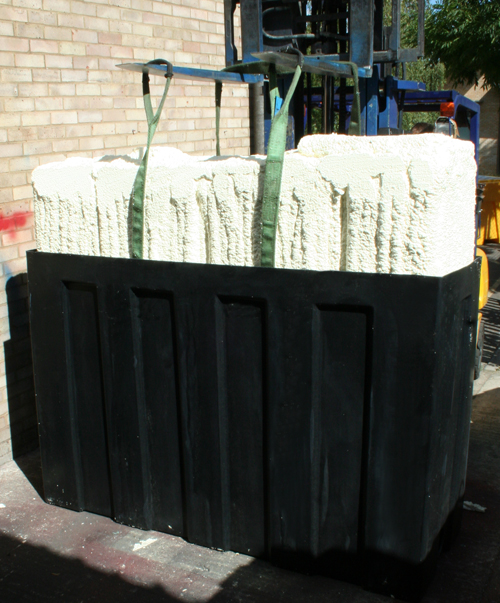

A professional also can advise you on the best type of insulation for your needs. Not sure if you need additional insulation? Call a professional and have them assess your home’s insulation. Once you understand the costs of each material, you can choose the best option for your budget and insulation needs. However, every material has a different price point, and foam can be an expensive choice.īefore choosing your insulation, consult your budget first to see what is in your price range. You need less foam to provide a higher level of insulation. If you review Today’s Homeowners summary of ‘r’ value by material type, sprayed foam clearly comes out near the top of the choices for insulation material. Floors and crawl spaces need a lower ‘r’ value than attics but they still require a higher value than walls.Īlways look at the insulation chart to find the best value for your home’s insulation needs. Attics need insulation with a much higher ‘r’ value than walls. What is the Best ‘R’ Rating for Insulation?Īgain, when choosing insulation, the ‘r’ value that you need depends on where you live and what part of your home you need to insulate. While this could be perfectly acceptable, if you need or want more protection against noise or the weather, you may opt for a slightly higher ‘r’ value. Home Depot lists R13 as the low end of the recommended ‘r’ value for walls. Is R13 insulation good for exterior walls, though? Again, the ‘r’ value you need depends on where you live. Is R13 Insulation Good for Exterior Walls?Īn R13 insulation may be on the low end of your budget, and that cheaper price tag may seem really appealing. Again, though, your insulation needs may differ depending on where you live. If you need an ‘r’ value of 21 to insulate your walls, you would need about six or seven inches of fiberglass batts. However, homeowners may have a different preference based on budget. Of all the materials, sprayed foam offers the highest ‘r’ value per inch. Each of these materials offers a different ‘r’ value per inch, and according to Today’s Homeowner, here’s how the ‘r’ values stack up by material: You can choose insulation in different material types, including blown fiberglass, fiberglass batts, blown cellulose, loose rock wool, and sprayed foam. The ‘r’ value of insulation may differ by the insulation material. Once you find your home state on the map, you also can reference a chart that indicates the best insulation for floors, crawlspaces, the attic and more. that indicates which value is best for each region.

The ‘r’ value of insulation indicates how well it resists heat, and according to Home Depot, “the higher the ‘r’ value, the greater the insulation performance.” What is the ideal ‘r’ value for exterior walls? Home Depot provides a map of the U.S. If the insulation to your bedroom is insufficient, you may even have trouble falling asleep because of all that noise. Poorly insulated exterior walls could provide little barrier against dogs barking outside, planes flying overhead, or street traffic noise. This may mean that a room (or rooms) stays hot during the summer and cold during the winter.

Exterior walls that are poorly insulated could mean that rooms aren’t well protected against the outdoor temperature. Maybe your home’s problem isn’t the walls within the home but the walls on the exterior of the home. What is a Good ‘R’ Value for Exterior Walls? What is the best insulation for walls? Look for insulation with an appropriate ‘r’ value to keep noises confined and maintain an ideal temperature for every room. If you’re hearing every bump, every rustle, and every whisper through the walls, your home may need better insulation. No one can get a good night’s sleep when the noise from your teen playing video games penetrates every room in the home.


 0 kommentar(er)
0 kommentar(er)
